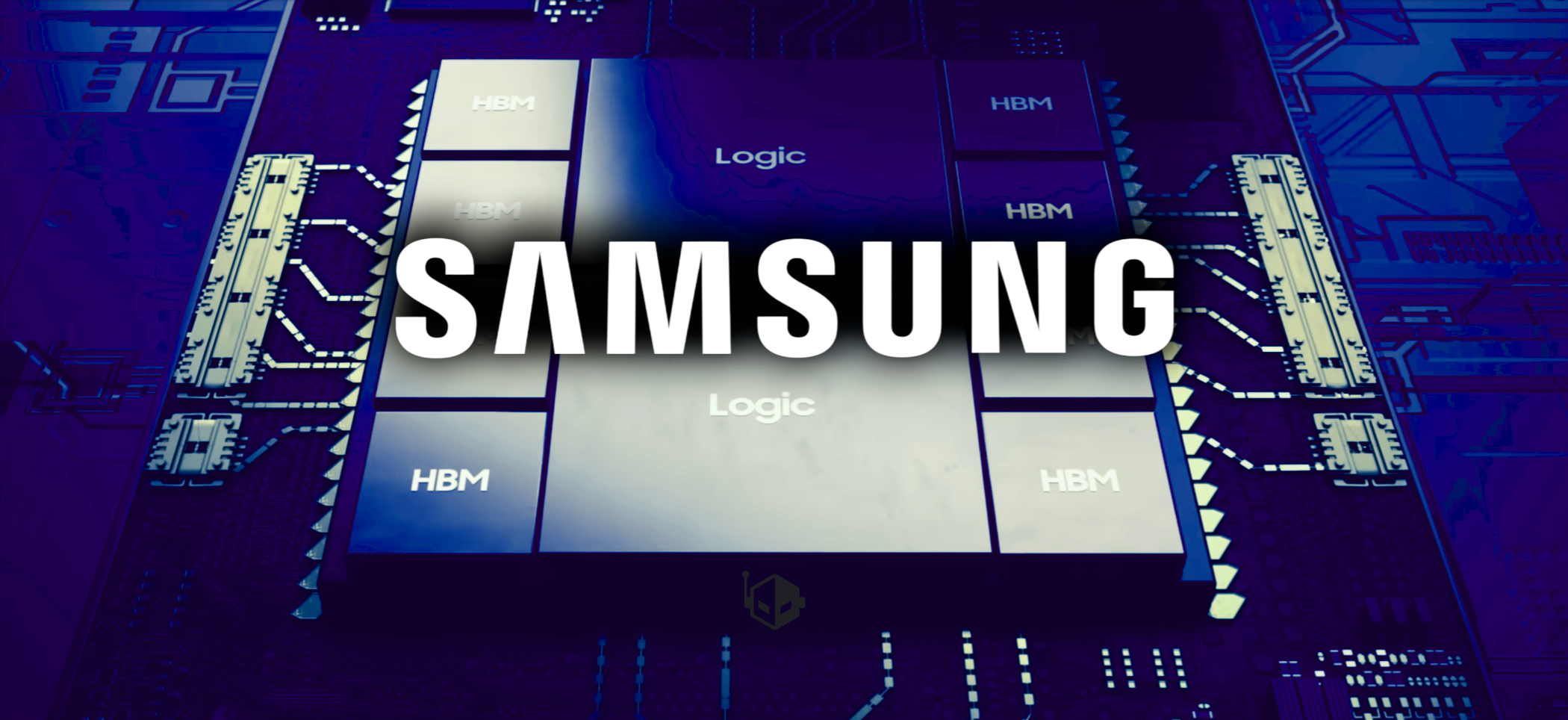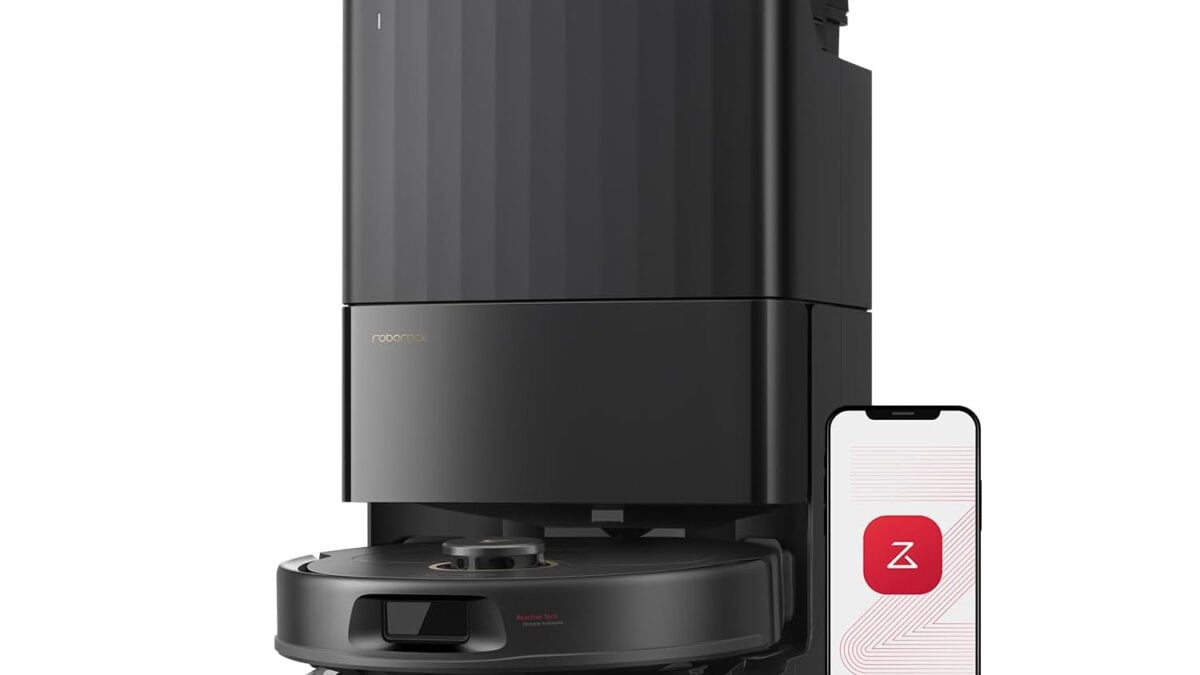Copyright Wccftech

Samsung is also set to begin production of next-gen HBM4 memory, 24 Gb GDDR7 DRAM & 128 GB+ products in 2026. Samsung All Set To Enter Mass Production on Next-Gen Memory Products Including Stable Supply of 2nm GAA Process In 2026 Samsung has announced its Q3 2025 earnings report, highlighting a 15.4% increase in revenue versus the previous quarter. The South Korean technology company posted a revenue of KRW 86.1 trillion, and also set an all-time high from quarterly sales for its Memory business, mainly driven by strong demand for its HBM3E memory and server SSDs, thanks to heightened AI momentum. Just recently, Samsung showcased its next-gen HBM4 memory solution for the first time. Offering speeds of up to 11 Gbps per IC, the next-gen solution will be a potential solution for upcoming AI accelerators by NVIDIA and AMD, such as Rubin and MI400 series. Samsung is likely to have sent out samples of its HBM solutions to AI chip makers for further evaluation and qualification testing. In addition to this, Samsung is also looking to provide a stable supply of 2nm GAA (Gate-All-Around) production & the HBM4 base die in 2026. The 2nm process from Samsung is likely going to be used for the production of the next-gen Exynos SoC / Qualcomm Snapdragon SoCs and will enter ramp this quarter. In Q4 2025, the Business will actively respond to demand from AI and conventional servers with HBM3E, high-density eSSDs and other leading-edge memory offerings. Additionally, it will continue to expand sales of industry-leading, high-value-added server memory products, such as 128GB and higher DDR5, as well as 24Gb GDDR7. Going forward in 2026, the Memory Business will focus on the mass production of HBM4 products with differentiated performance, while simultaneously aiming to scale out the HBM sales base. In particular, demand for HBM4 is also projected to increase, and the Company plans to proactively respond with capacity expansion in 1c. It will also concentrate on expanding sales of other high-value-added products, such as DDR5, LPDDR5x and high-density QLC SSDs to meet demand for AI applications. In Q4 2025, the Business will aim for continued earnings improvement by ramping up mass production of 2nm Gate-All-Around (GAA) products, increasing fab utilization, and optimizing costs. In 2026, the Foundry Business will focus on providing a stable supply of new 2nm GAA products and the HBM4 base-die, and beginning operations at the Company’s fab in Taylor, Texas in a timely manner. via Samsung Newsroom As for other products, Samsung also highlighted how 128GB+ DDR5 memory and 24Gb GDDR7 DRAM will play a crucial role for the company in 2026. Future server platforms from AMD and Intel are going to launch around the second half of 2026, so a lot of action is expected. Meanwhile, GDDR7 is going to retain popularity amongst high-end consumers and AI graphics cards. NVIDIA's recently announced Rubin CPX GPU is likely going to be a potential candidate for this memory, whereas other AI and gaming products, such as the NVIDIA RTX 50 "SUPER" series, and a possible AMD Radeon "RDNA 5" or "RDNA 4" refresh, are expected to utilize GDDR7. The 24Gb DRAM dies will enable more VRAM capacity, and also fill in the gaps in the entry-mainstream segments. The core issue for the DRAM and SSD market right now is that supply is currently being focused on the AI market, leading to prices for consumer-aimed products skyrocketing. DDR5 memory and SSD prices have started to see major price hikes and shortages recently, so that is something to worry about. All major DRAM makers have already announced increased prices for DDR5/DDR4 memory, so we will see how the market evolves in the coming months.



